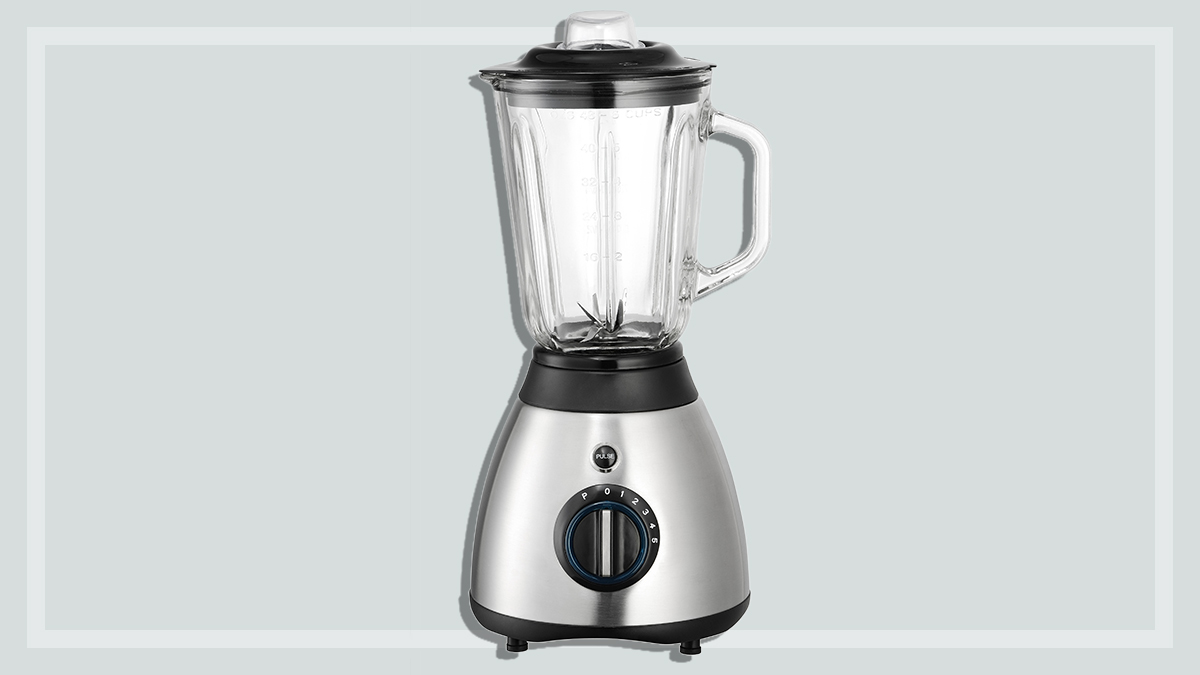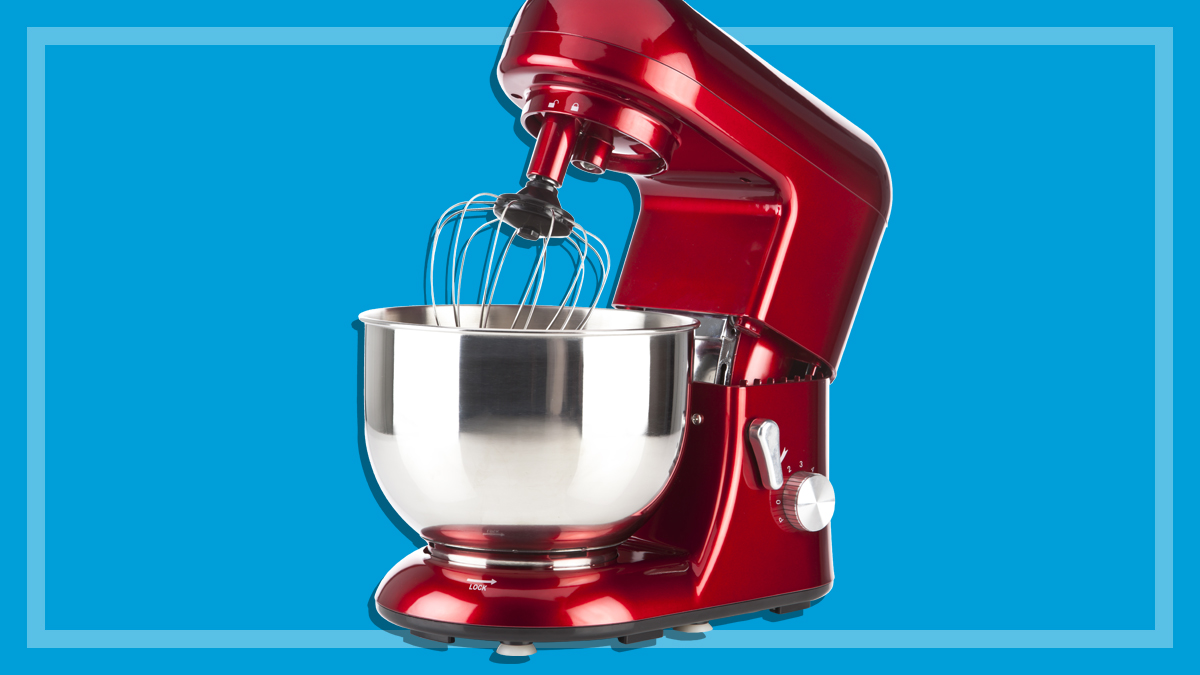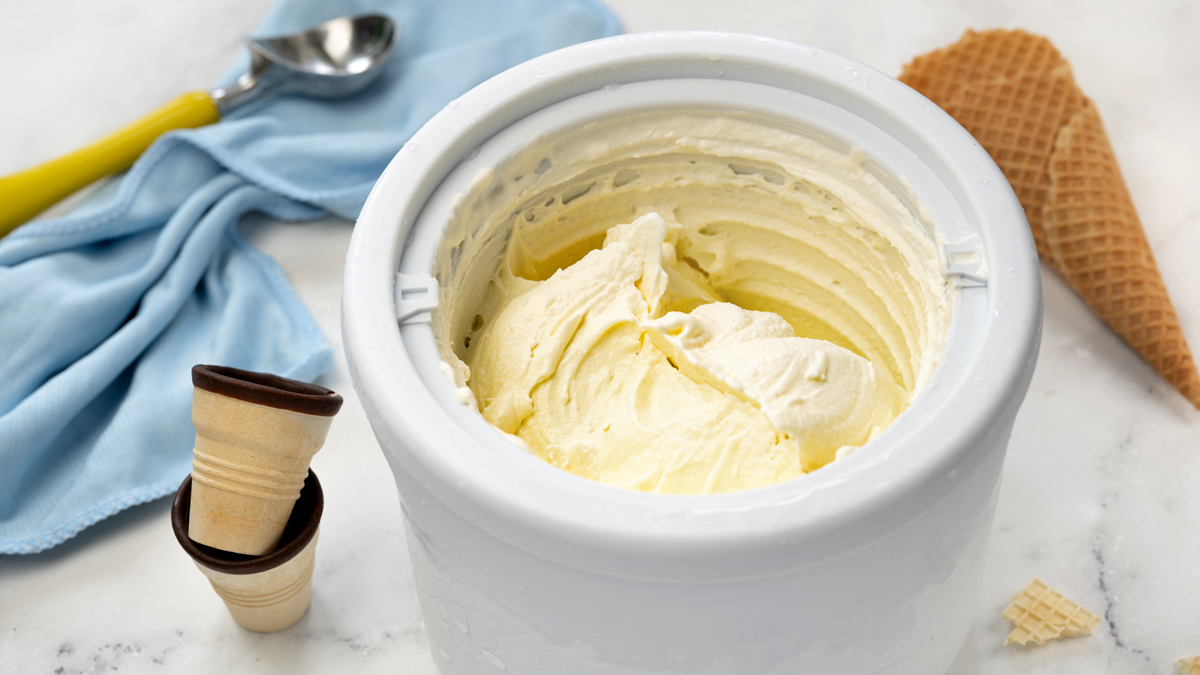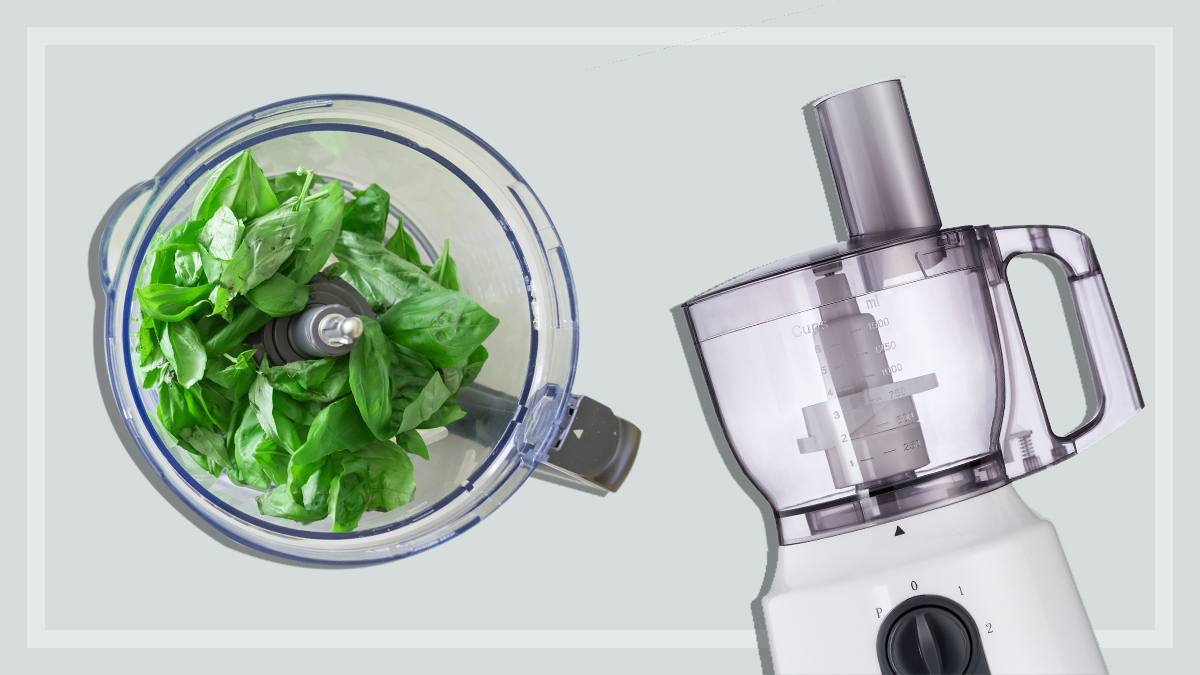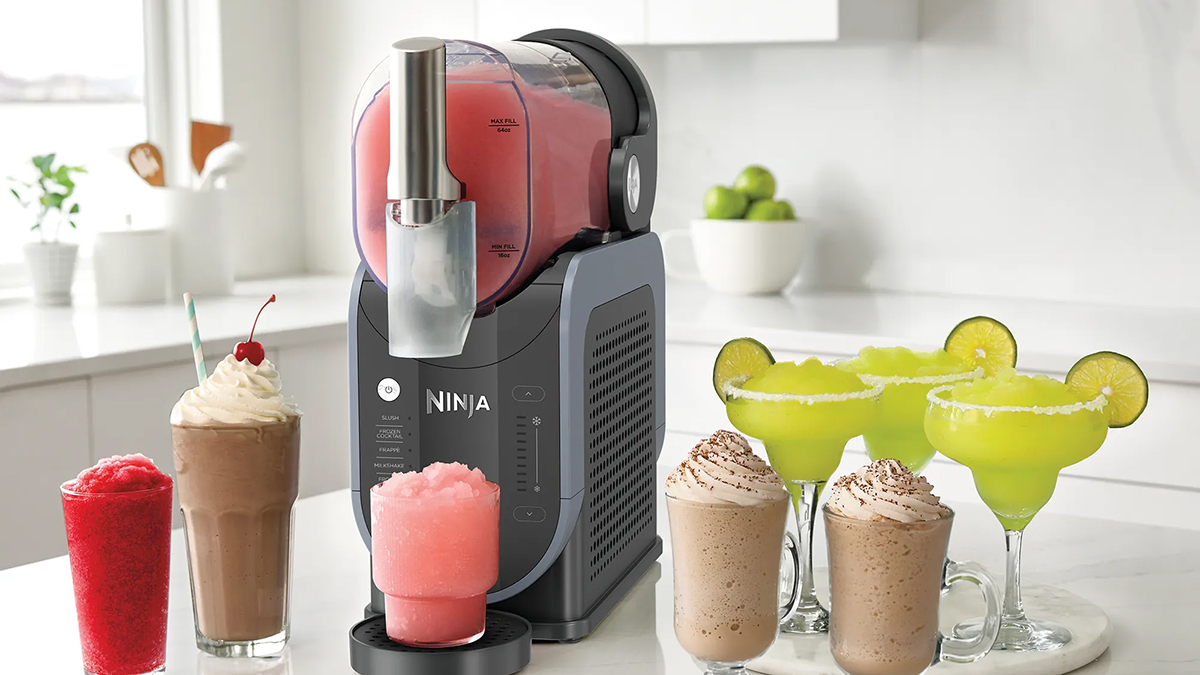Get our independent lab tests, expert reviews and honest advice.
What to know before buying a blender
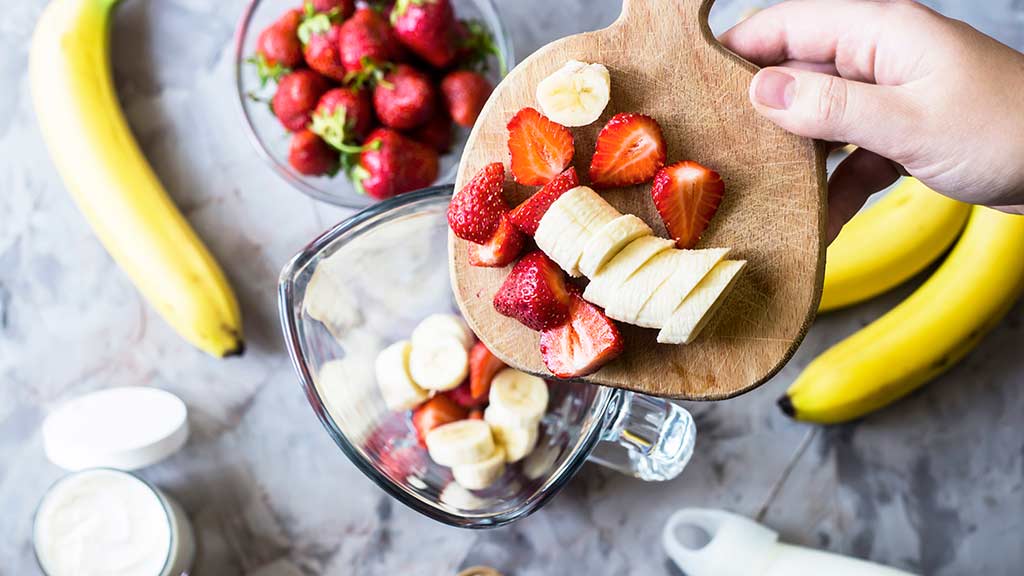
Blenders are mostly used for making smoothies, soups and milkshakes, but they can also create delicious meals from scratch – some are capable of grinding pastes like pesto and nut butters, while others allow you to emulsify mayonnaise and make aioli. Some blenders can even be used for mixing batters.
On this page:
- Standard blenders
- Blenders vs stick blenders
- High-performance super blenders
- Personal blenders
- How much do blenders cost?
- How long should a blender last?
- Other things to consider when buying a blender
There are many types of blenders available, so how does a cheap and cheerful $50 benchtop model compare with a high-speed super blender (also known as a high-performance blender) that could set you back a cool $1699? And how do you make sure you’re getting the one that best suits your needs?
Standard blenders
Traditional benchtop blenders have some similar functions to food processors, but their construction is different. Blenders usually have a narrow jug with blades at the bottom, making them ideal for creating fruit smoothies and milkshakes, blending soups and making sauces.
Many of the mid-priced blenders (in the $300–500 price bracket) can do more than cheaper blenders and may suit your needs, but you’ll need to take a closer look at the available features and differences. If you’re thinking only of juicing, you may want to check out our dedicated juicer buying guide.
Blenders vs stick blenders
While it’s great to think you’ll be using a blender for myriad new culinary adventures, if the truth is that you’ll only end up using it occasionally for smoothies and shakes, a stick blender will do the job and cost you less. A stick blender is smaller, cheaper and easier to use than a blender, and is handy to have in arm’s reach for quick jobs like blending soups, pureeing baby food or making mayonnaise and other sauces.
But if you’re blending often and with ingredients like hard fruit, seeds, vegetables and ice, you’ll need the grunt only a benchtop blender can offer.
High-performance super blenders
If you’re into heavy-duty blending, you can’t go past a high-performance blender, or super blender. They offer more versatility than what you can get from a regular blender and they’re extra powerful too, tackling a whole range of tasks.
These high-speed super blenders can be compared to all-in-one machines in that they can do things like:
- mill flour
- chop or crush wet and dry ingredients
- crush large amounts of ice into a snow-like appearance
- create hot soup (above 70°C) in around five minutes from completely raw ingredients, using blade friction alone
- make nut butters
- create spice pastes
- make dough
- turn tough vegetables like kale into a silky-smooth consistency (with the help of a little water).
Some super blenders have heavy duty ‘dry’ jugs available so you don’t have to wreck your regular jug with abrasive and hard foods, or you can buy a separate jug just for dry tasks.
In recent years superfood and juicing crazes have led to manufacturers giving their blenders more oomph and making more health claims, and it’s not uncommon to come across buzzwords like ‘high velocity’, ‘pulverise’, ‘whole food juice’ and ‘improved mouthfeel’.
Our test results cut through all of this hype, but there’s no denying the difference between a blender that can only crush a few ice cubes and one that’ll mill corn kernels.
Warm and frothy
The force generated by super blenders means they create more air and heat than a regular blender. In our tests, we found super blender green smoothie temperatures rose by as much as 7°C (whereas regular blenders rose up to 2°C). To bring a lukewarm smoothie back down to a thirst-quenching temperature, simply add ice.
Safe use
It’s like a scene from a movie: you’re happily blending away until your smoothie explodes all over the kitchen. This has happened in our own kitchen lab – a blender had its lid off and the pulse button was accidentally activated.
An incident like this can easily happen, and unfortunately with reports of hot liquid escaping from a blender or similar machine, it’s important to take extra safety precautions.
- Be mindful of where the controls are positioned and how they work.
- Don’t blend hot soup – wait for it to cool first.
- Put the jug on the unit when ready to blend and keep the lid on when removing the jug.
- Turn the appliance off at the power point first.
- Take care when handling removable blades.
- Never go over the maximum blending times.
- Look for a blender with a safety cut-out time, lid lock and measuring cap lock.
Personal blenders
Manufacturers have also created a category of dedicated ‘single-serve’ blenders that let you blend ingredients and drink from the same bottle. These are typically inexpensive, increasingly popular, and handy for busy people heading to work in the mornings (some even fit into your car’s drink holder) or teenagers needing an energy boost after school.
The disadvantage of the cheapest standalone personal blenders is that they aren’t as powerful as traditional blenders, and typically operate on a pulse function. You often can’t use one for more than a minute at a time and you need to add liquid to the fruit and vegetables first. However, some high-end blenders do let you add a “personal cup” to their functionality which adds to their versatility and will be more powerful than the very cheap types, so it might be worth considering one of these hybrid models.
Here are some things to consider if you’re looking to buy a personal blender.
Multiple cups/jugs: Handy if you want to prepare a single-serve smoothie each for a few people.
Cleaning: If the bottle is narrow, you may need to use a bottle brush to thoroughly clean it.
On/off switch: Better than a push-and-twist type, which may put more wear and tear on the blender.
Rubber seal: One that sits on the outside of the blade assembly instead of under the blade will be easier to remove. The rubber seal should also sit firmly within the blade assembly – seals can become loose over time from removing and cause leaks.
Blade assembly: Should have adequate grip – after processing, some become tighter and can be difficult to remove. The threading around the blade assembly and the cup/bottle should be smooth and easy to screw on firmly to prevent leaks.
Exit hole: Helpful inside the shaft area for draining any spills.
How much do blenders cost?
Standard, personal and super high-performance blenders range in price from around $50 for a typical benchtop model right up to $2000 for a high-performance blender.
How long should a blender last?
Small kitchen appliances like blenders, mixers and food processors typically last between four and 20 years, and can often be cheaper to replace than repair.
However, there’s huge variation in price and quality, so you’ll need to consider the type of blender you have and its value. It can be worth replacing broken bowls, blades and accessories if the manufacturer sells spare parts, but unless you have a really expensive high-performance blender, major failures like motor failure generally result in replacement (many of the high-end blenders have long motor warranties of ten years or more).
If it’s time to replace your existing blender, the most sustainable way to dispose of it is through a recycling centre. You can search for recyclers in your local area on Planet Ark.
Other things to consider when buying a blender
Jug capacity
How many servings do you need? Blender jug capacity can vary from a tiny 600mL single-serve blender to a family-friendly 2L. Keep in mind that some jugs can be heavy to lift and move, especially when full. Measurement gradings on the side of the jug can also be a useful cooking tool to indicate how much the blender can cope with.
Jug material and shape
Glass jugs are heavier and prone to breaking if dropped. Plastic jugs are more common than glass but more likely to become stained with certain foods (like turmeric for example).
Jugs can be square or round. Manufacturers design them in a way that lets ingredients be effectively distributed around the blender, but there are other factors like the blades and turning force (torque) that affect performance.
Bench or cupboard?
Some models look good enough to display on your bench, but they can take up a lot of room. If you plan to keep it in your cupboard, check you have the space for it and remember that heavy blenders can be a strain to lift out of awkward places.
Ease of use and cleaning
A model with removable blades can help to make cleaning around the bottom of the jug easier. Jugs with built-in blades are still OK if the jug has a wider base so it’s easier to remove any unprocessed chunks sitting underneath them.
General comfort is also important, such as whether it’s easy to lock the jug in place and scrape ingredients from the sides of the blender.
CHOICE tip: Put warm water into the jug with a drop of detergent and turn it on for a few seconds to speed up the cleaning process.
It’s a good idea to get a jug that’s dishwasher safe, but check that the jug will fit in your dishwasher first.
Lids can be a hassle to clean, especially if seals need to be removed first and if lots of ingredients get splashed into the lid.
Speed settings
Blenders need three speed settings to be effective – high, low and pulse.
Many blenders offer a graduated start-up feature that slowly brings the blades to the desired speed, reducing splash-back. Some models even have pre-programmed functions like soup, green smoothie and sorbet.
Pulse function
The pulse setting gives a short burst of power and is useful for small quantities of foods, particularly dry foods, to help distribute the load and encourage an even consistency.
Controls and construction
Controls can be push-button, adjustable dials or touch pads. Touch pads are the easiest to clean but look for controls that are sealed well, so food can’t get into any crevices around them. A solid, heavy base with non-slip grip is handy so the blender stays steady on the bench.
Chute
A larger chute will allow you to add ingredients while the blender is on, but keep in mind that you might have some splash if you’re adding liquid. Some also have push sticks or tampers that let you safely move ingredients around inside the jar while the blender is running. Tampers are handy if you’re making nut butters and need to push ingredients down towards the blade, or blending awkwardly-shaped vegetables when making smoothies.
Wattage
Wattage generally ranges from around 500–1200W, but in our testing we’ve found that this doesn’t appear to have an effect on performance.
Nutrient extraction
We wanted to know if blenders stand up to their claims of nutrient extraction. Some models claim they can unlock more nutrients than you’d get by simply eating the raw ingredients.
So in 2015, we whipped up a stack of green smoothies, consisting of cucumber, celery, kiwifruit, pear, spinach, mint leaves and water, in a range of single-serve blenders. We sent samples to the lab for nutritional analysis. Each sample was tested for calcium, iron, magnesium and vitamin C. The vitamin C analysis was conducted immediately after processing in the CHOICE kitchen lab.
We found that a 250mL serving of one of these green smoothies will generally give you your daily dose of vitamin C, however, you’ll only get part of the way to reaching your recommended daily intake (RDI) for the other nutrients.
In the group we tested, the NutriBullet Pro, Trent & Steele and Oster delivered above-average amounts of at least three nutrients we tested for in a green smoothie. On the other hand, the Ninja, Tefal, Target and Magic Bullet had below-average amounts of at least two of the four nutrients we tested. Note that as this test was conducted in 2015, it’s possible that performance from these models would be different if we were to repeat the test.

